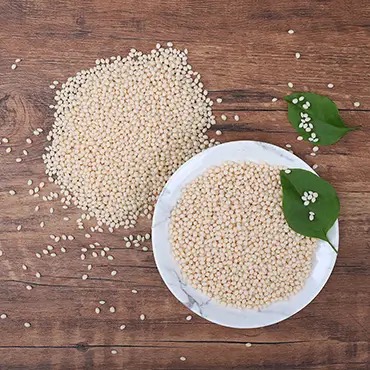Plastic waste is one of the most pressing environmental issues of our time. As global plastic production continues to rise, so does the urgency to find sustainable alternatives. Among the most promising solutions is biodegradable plastic—a material designed to break down naturally under the right conditions, leaving behind no lasting pollution.
In this guide, we’ll explore what biodegradable plastics really are, how they differ from other types of plastic (including degradable plastic), their benefits, limitations, and the key types shaping the future of sustainable packaging and materials.
What Does “Biodegradable” Really Mean?
Biodegradable plastics are designed to break down naturally through the action of microorganisms such as bacteria and fungi. Over time, they convert into carbon dioxide, water, and biomass. Unlike conventional plastics, which can persist in the environment for hundreds of years, biodegradable plastics aim to leave no harmful residue.
Note: The term “degradable plastic” is often used interchangeably with “biodegradable,” but they’re not the same. Degradable plastic simply breaks into smaller pieces over time—often via chemical or physical processes—not necessarily through microbial activity. In contrast, biodegradable plastics rely on biological decomposition and are usually safer for the environment.
Biodegradable vs. Compostable: What’s the Difference?
A common point of confusion is the distinction between biodegradable and compostable plastics.
While all compostable plastics are biodegradable, not all biodegradable plastics are compostable.
- Biodegradable plastics degrade over time through natural microbial activity. However, they might require very specific conditions (e.g., industrial composting facilities with high heat and moisture) and could take months or even years depending on the environment.
- Compostable plastics, on the other hand, must break down completely within a defined period (usually 90 days) under controlled composting conditions, without leaving toxic residues. These products often carry certifications such as EN 13432 (EU) or ASTM D6400 (USA) to validate compostability.
Think of compostable plastics as a subset of biodegradable plastics—they meet stricter criteria and break down more efficiently in well-managed systems.

What Are Biodegradable Plastics Made From?
Biodegradable plastics can be derived from both renewable resources and petrochemical sources, depending on their design.
1. Bio-Based Sources
These plastics are made from plant-derived materials like:
- Starch (from corn, potatoes, etc.)
- Cellulose (from wood or cotton)
- Polylactic Acid (PLA): A widely used bioplastic made from fermented plant sugars.
2. Fossil-Based but Biodegradable
Some plastics are derived from petroleum but are engineered to degrade in natural conditions:
- PBAT (Polybutylene Adipate Terephthalate): Flexible and commonly blended with PLA.
- PBS (Polybutylene Succinate): Known for its heat resistance and versatility.
- PCL (Polycaprolactone): Used in medical applications and slow-degrading products.
These materials are not renewable in origin but are biodegradable due to their chemical structure.
Pros and Cons of Biodegradable Plastics
Advantages
- Eco-Friendly: Reduces long-term plastic pollution.
- Safe Breakdown: Leaves no harmful toxins or microplastics when decomposed properly.
- Consumer Appeal: Aligns with growing demand for sustainable products.
- Energy Saving: Many bioplastics require less energy to produce.
Limitations
- Composting Requirements: Some only degrade under industrial conditions—not in home compost bins.
- Higher Costs: Biodegradable plastics are typically more expensive than conventional plastics.
- Limited Durability: Some may lack the heat or water resistance of traditional plastics.
- Recycling Challenges: Bioplastics can contaminate conventional recycling streams if not properly sorted.
Applications of Biodegradable Plastics
Biodegradable plastics are increasingly used in:
- Packaging: Food containers, mailers, shopping bags.
- Agriculture: Mulch films that degrade after harvest.
- Medical Devices: Sutures, implants, and controlled drug-release systems.
- Textiles: Biodegradable fibers and fabrics.
The Future of Biodegradable Plastics
As regulations tighten and public awareness grows, businesses that embrace biodegradable plastics are positioning themselves for long-term success. These materials not only reduce environmental harm but also enhance brand image and meet consumer demand for greener products.
Take the Next Step with Hemcbags
Looking for a reliable supplier of certified biodegradable packaging?
Hemcbags is a trusted Chinese manufacturer focused on compostable and biodegradable packaging solutions for over a decade. Our products include PLA bags, PBAT mailers, biodegradable films, and more—ideal for food, retail, and industrial applications.
- Certified under EN 13432, ASTM D6400, OK COMPOST
- Custom printing and private label support
- Flexible MOQ
🌱Contact Hemcbags today to request a sample or quote.
Final Thoughts
Biodegradable plastics are not a perfect solution—but they are an important step forward. By understanding the materials, their applications, and their limits, your business can make smarter, more sustainable choices.
The future of packaging is changing. Will your brand be part of it?

